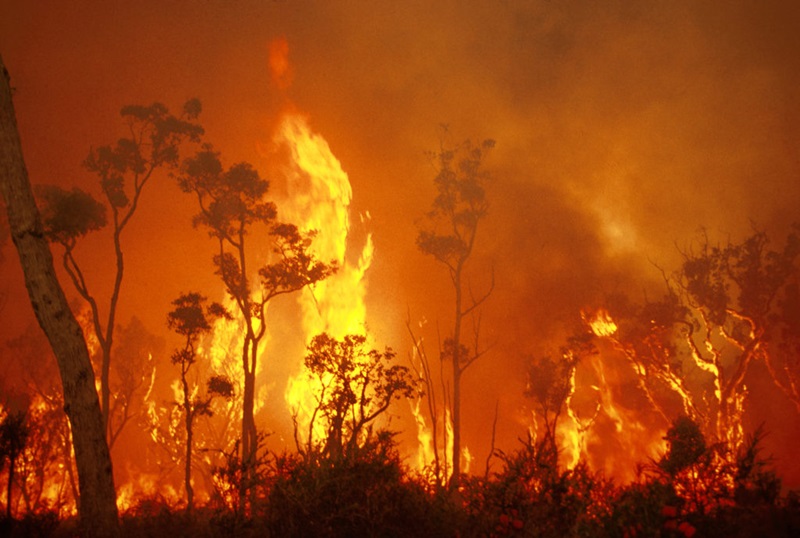Just How BAL Report Impacts Shrub Fire Security Actions
In the realm of bush fire defense, the Structure Strike Level (BAL) report stands as a vital tool that dramatically affects the safety and security and strength of homes in fire-prone areas - BAL Report. The effect of a BAL analysis extends much past plain documentation; it functions as the cornerstone for determining the proper building standards and fire defense measures necessary to mitigate the risks presented by bushfires. As areas come to grips with significantly serious fire seasons, comprehending how the BAL report forms these safety procedures ends up being vital for property owners, policymakers, and contractors alike
Comprehending the Bushfire Assault Level

Significance of BAL Report Assessment

In Addition, the BAL record analysis offers as a fundamental action in following legal commitments and demands connected to bushfire defense. Regional councils and authorities frequently mandate the submission of a BAL report as component of the planning and building authorization process to ensure that homes are properly protected against bushfire threats. Failing to conduct a thorough BAL report assessment can result in inadequate protection procedures, leaving residential or commercial properties susceptible to ravaging bushfire occurrences.
Construction Criteria Based on BAL
An extensive understanding of the Bushfire Assault Level (BAL) enables residential property owners to apply construction standards tailored to their details threat profile. Construction criteria based on BAL are critical in reducing the influence of bushfires on residential properties. The BAL ranking categorizes the prospective risk a residential property faces throughout a bushfire on a scale from BAL-Low to BAL-FZ (Fire Zone)
Executing Fire Security Procedures
With the structure of construction requirements based on Bushfire Strike Degree (BAL) in area, the focus now shifts in the direction of the sensible execution of fire security steps to fortify residential properties versus bushfire dangers. Implementing fire protection measures involves a mix of passive and energetic methods to boost the strength of buildings in bushfire-prone areas. Passive procedures include my website making use of fireproof building products, setting up cinder guards on vents, sealing gaps in wall surfaces and roofings, and keeping a clear area around the residential property cost-free from combustible vegetation. Energetic steps incorporate having firefighting equipment easily offered, such as tubes and water pumps, as well as creating a defendable room around the building by removing greenery and having a properly maintained garden. Furthermore, establishing an emptying plan and making certain all locals recognize emergency treatments are important elements of reliable fire security steps. By integrating both passive and active techniques, residential properties can substantially minimize their vulnerability to bushfire events and raise the security of occupants.
Safeguarding Homes Against Bushfires
Successfully securing homes versus the harmful effects of bushfires needs a positive and extensive method to fire protection steps. Additionally, sealing vents and voids to protect against ash breach, as well as incorporating fire-resistant doors and home windows, can aid fortify the home's defense versus bushfires. By accepting an aggressive position and incorporating these safety procedures, home owners can significantly increase their chances of protecting their homes against bushfires.
Verdict
In verdict, the Bushfire try these out Attack Level (BAL) record plays a vital role in identifying the essential protection procedures versus bushfires. Implementing fire protection procedures based on the BAL record is important in safeguarding residential or commercial properties from possible see this bushfire threats.
In examining bushfire threat to residential or commercial properties, comprehending the Bushfire Strike Level (BAL) is a critical component for carrying out reliable defense actions. In general, a clear understanding of the Bushfire Assault Degree is crucial for implementing sufficient security actions and mitigating the impact of bushfires on residential properties.
